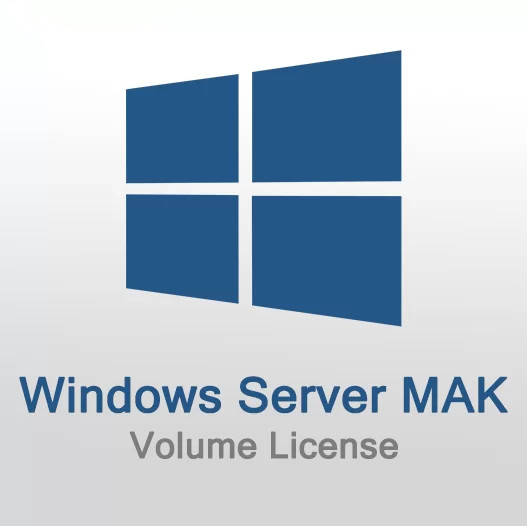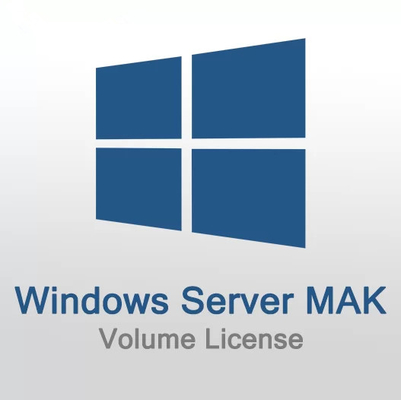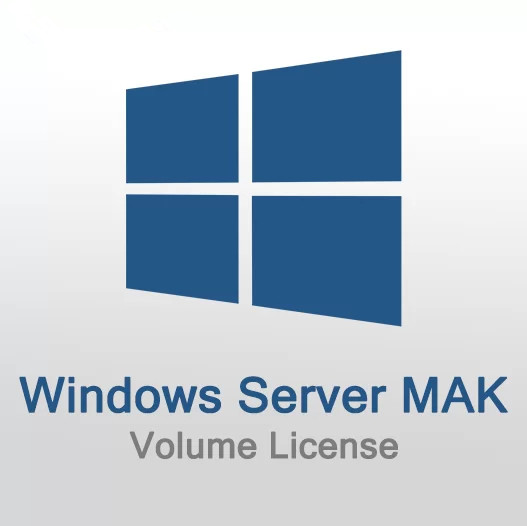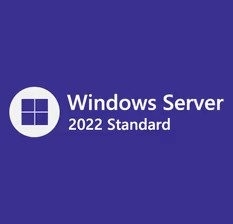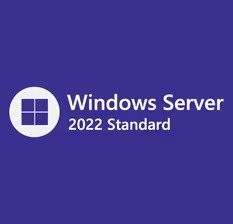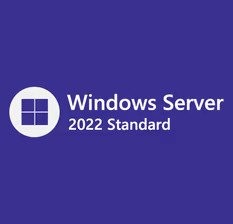Windows Server 2022 Standard Mak 100 User Volume License Activation Key
With the new Windows Server 2022 Standard, you can meet your growing business burden now and in the future while also protecting your server environment from advanced internet threats. You'll be able to fully fulfill your growing company requirements thanks to innovations like multi-layered security and a hybrid and multi-cloud approach that's compatible with Azure.
Windows Server 2022 Standard MAK 100 PC
New Multi-Layered Security
One of the best improvements of Windows Server 2022 is the secured-core server (with specific hardware, firmware, and drivers rooted in security) and secured connectivity. This adds another layer of security and now supports the server message block (SMB) protocol besides supporting the HTTPS and AES-256 encryption. Even more, Windows Server 2022 supports security from firmware vulnerabilities with the all-new Hypervisor-protected code, integrity and credential guard.
Azure Connectivity with Hybrid Capabilities
Windows Server 2022 now supports hybrid and multi-cloud connectivity by allowing businesses to connect with Azure Arc and Storage Migration Service. The server management is also improved with gateway proxy support and a refined event viewer.
Application Platform that is Scalable &More Flexible
Windows Server 2022 can support even the ultra-demanding Tierl applications like SOL because of the scalability advancements Cfor example now WS2022 can support 48TB of memory and 2,048 logical cores). Additionally, you can also make use of Windows containers as their compatibility with Windows Server 2022 is greatly improved (now it supports IPV6, dual-stack, node configuration and more).
For Notes:
- We will Provide Windows Server 2022 Standard MAK key can activate 100PCs.
- 100% Genuine licenses.
- Lifetime activation.
- Rapid & convenient delivery of products by e-mail.
- Friendly and professional support for a comfortable installation.
- 60 days replacement warranty period.
- BE SURE TO PURCHASE THE CORRECT VERSION, CORRECT EDITION, RIGHT NUMBER OF COMPUTERS. WE DO NOT ACCEPT RETURNS AND EXCHANGES FOR LATER INCORRECT.IN CASE OF DUBT, PLEASE CONATCT US.
System requirements
| Processor |
At least:1.4 GHz processor with 64-bit |
| RAM |
At least:512 MB |
| Storage space requirements |
At least:32 GB |
Other requirements:
- Gigabit (10/100/1000baseT) Ethernet adaptei
- DVD drive Gif you want to install the operating system using DVD media)
- Super VGA monitor (1024 × 768)or monitor with a higher resolution
- Keyboard and Microsofte mouse (or other compatible pointing devices)
- Internet access (may be subject to a charge)
The Difference Between MAK and KMS Keys
When Microsoft released Windows Vista they also released a new volume licensing model using two different types of software license keys: MAK and KMS.
MAK stands for Multiple Activation Key. Each MAK key is a good for a specific number of device activations. You configure a MAK key by typing it in during Windows Setup or by changing it through the System dialog after installation. When you try to activate your MAK-configured software it will connect to Microsoft’s activation service, verify the key, and subtract 1 from the number of activations still available. Because activation counts are not “returned” when you wipe a hard drive or reinstall your operating system, MAK keys are best suited for situations where machines are not reinstalled or re-imaged often. MAK is most appropriate on clients that spend a significant amount of time disconnected from the corporate network.
KMS stands for Key Management Services. Like MAK keys KMS keys are good for a specific number of activations. The difference lies in how we configure and process KMS activation.
We configure KMS Clients (Windows Vista, 7, or 8 devices) with a generic product key that tells the Activation process to activate using KMS. You must configure a server within your corporate network with the Software Licensing Service and your KMS key. This is the only device that will actually need to connect to the Internet to verify its product key. Your clients will use DNS to find the licensing server and activate against it instead of connecting to Microsoft’s licensing service over the Internet.
KMS activations expire after a set period (180 days). The “activation count” will automatically increase on the Software Licensing server and the client will see itself as not activated until it reconnects to the server and reactivates. The advantage of this method is that you can’t permanently waste KMS keys through a constant cycle of re-imaging or OS reinstallation. Eventually expired activations return to the KMS server and increase the available activation count. The disadvantage is that KMS clients must reconnect to the licensing server on semi-regular basis. Configuring clients for KMS activation ( and the required KMS infrastructure on your network) is most appropriate for client devices that rarely if ever leave the corporate network.


 Your message must be between 20-3,000 characters!
Your message must be between 20-3,000 characters! Please check your E-mail!
Please check your E-mail!  Your message must be between 20-3,000 characters!
Your message must be between 20-3,000 characters! Please check your E-mail!
Please check your E-mail! 
